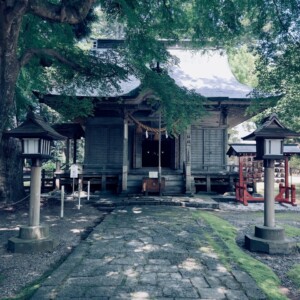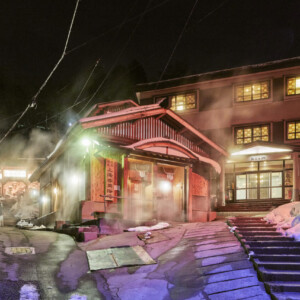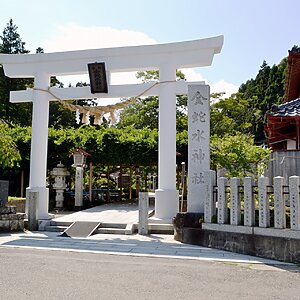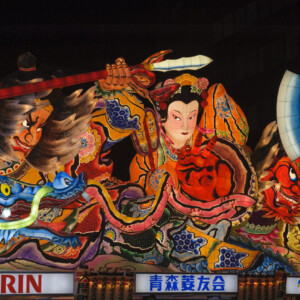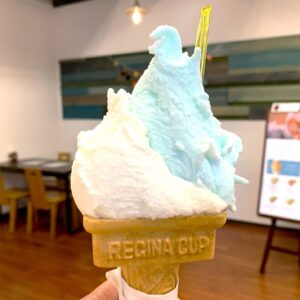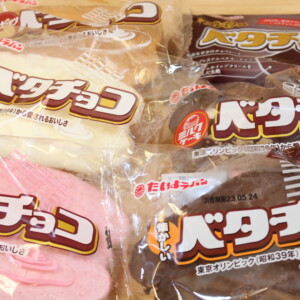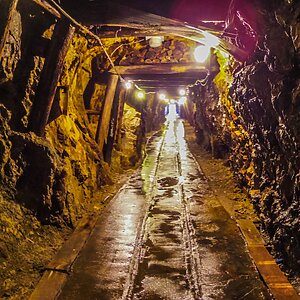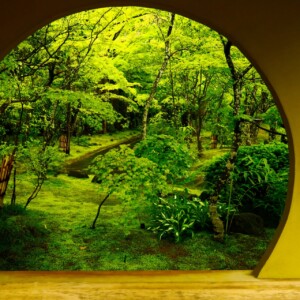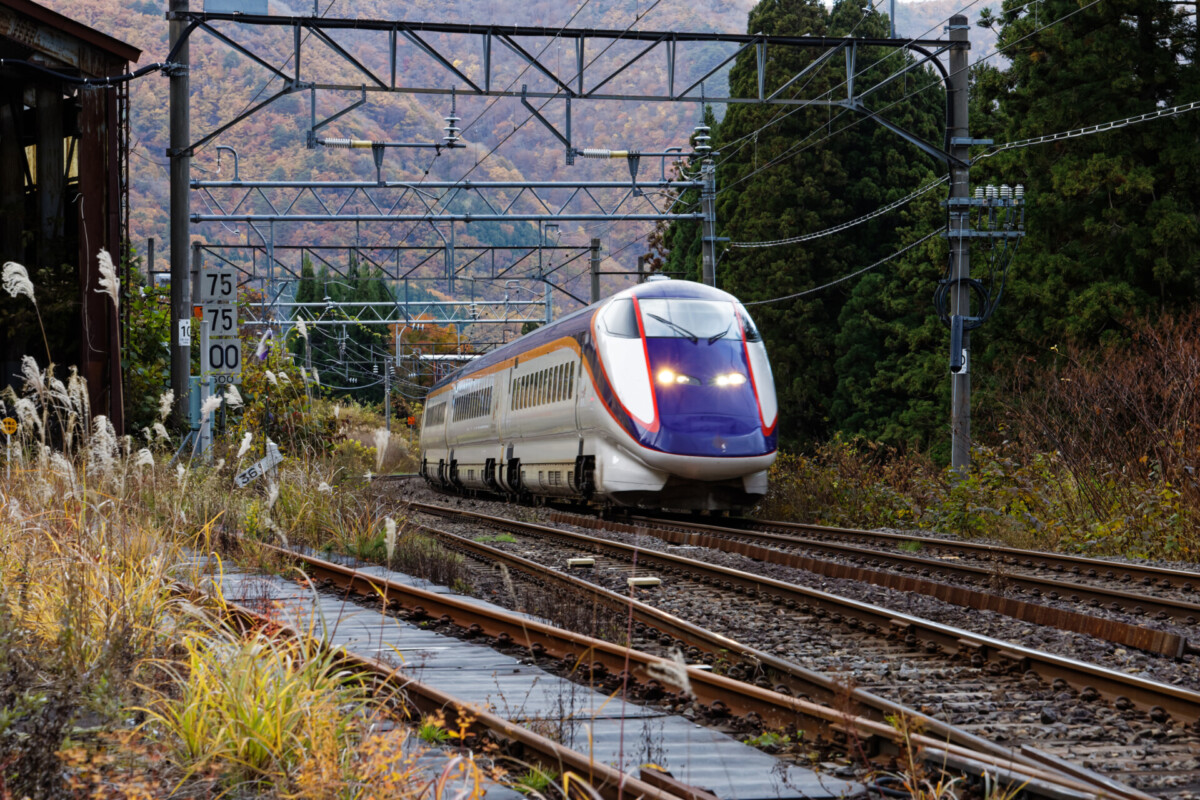
Railways at Itaya Pass, which took on steep slopes and harsh climates [Fukushima Prefecture and Yamagata Prefecture]
table of contents
the Ou Main Line, runs through Itaya Pass, which
straddles the border between Fukushima and Yamagata prefectures The Ou Main Line plays an important role in connecting the Kanto region, Fukushima, and other parts of the Tohoku region, as evidenced by the current running of the Yamagata Shinkansen Tsubasa, but Itaya Pass was and still is known as a difficult passage. It is being
We would like to introduce you to the history of the railway at Itaya Pass.
What is Itaya Pass?
Itaya Pass is one of the passes near the prefectural border of Yamagata and Fukushima prefectures that crosses the Ou Mountains.
It connects Itaya village and Osawa village in Yonezawa City, Yamagata Prefecture.
JR East's Ou Main Line passes through this pass, so trains bound for Yonezawa Station or Yamagata Station from Fukushima Station must pass through this pass.
Although there is a road through Itaya Pass, it is off the main route connecting Fukushima City and Yonezawa City, and the main routes, National Route 13 and Tohoku Chuo Expressway, pass through Kuriko Pass, which is north of Itaya Pass. I am.
For this reason, the word Itaya Pass has come to be associated exclusively with railways, and is sometimes used as a synonym for the area between Fukushima Station and Yonezawa Station on the Ou Main Line.
The gradient of Itaya Pass is
38% (3.8%) at its steepest point This means that if you go horizontally for 1,000m, the elevation changes by 38m.
A 3.8% slope is not a big slope for a car, but it is quite steep for a train.
It has
the steepest gradient among the current Additionally, the length of the slope, which averages 33.0‰ and continues for about 22km , also makes Itaya Pass a difficult place.
Because it is located in the mountains, it suffers from heavy snowfall in winter.
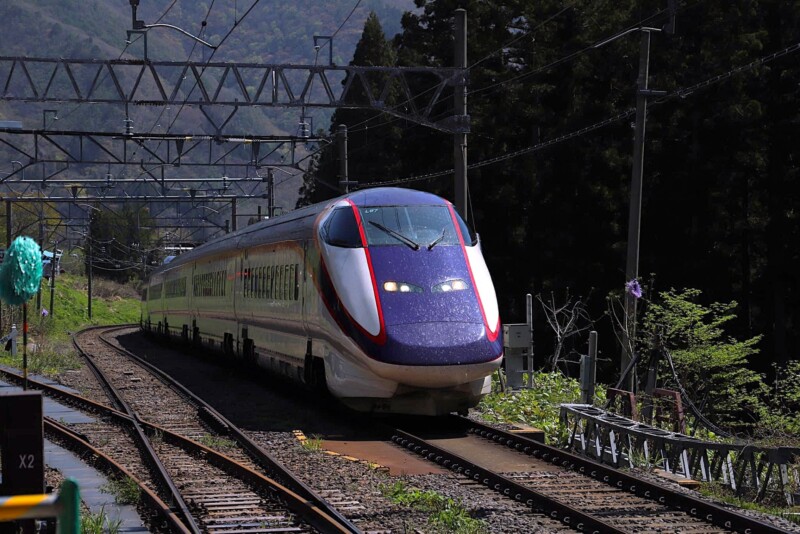
Opening of railway through Itaya Pass
The railway between Fukushima Station and Yonezawa Station, which passes through Itaya Pass, opened in May 1899.
This was during the Meiji era, so steam locomotives were used as the power source for trains.
The nearly 40 tunnels constructed at Itaya Pass were a major problem for trains pulled by steam locomotives.
Steam locomotives emit a lot of smoke, especially when going uphill, and the smoke caused distress to the train crew and passengers in the tunnels .
Trains using steam locomotives continued for half a century, until 1949, after the war.
Because the crew and passengers were suffering from the smoke, and because there were so few trains running, children who went to school at the foot of the mountain waited at the station until evening until they were given a special ride on a freight train to go up the mountain. journey home was captured in a documentary film called ``Record of the Electrification of the Ou Line.''
Another problem with using steam locomotives is that they are underpowered.
A steam locomotive that spews smoke and makes a lot of noise as it runs looks powerful, but the traction that it can actually produce is inferior to that of an electric locomotive that runs on electricity.
Low traction is directly linked to the difficulty of climbing mountain passes.
The four stations along the pass, Akaiwa Station, Itaya Station, Touge Station, and Osawa Station, were
switchback stations For safety reasons, stations could not be built on steep slopes, so these stations secured flat land beside the main line and installed platforms there.
Trains had to enter or leave stations on the side of the main line while changing direction, which greatly affected train speed.
In addition, since locomotives used to pull trains on flat routes cannot climb the steep slopes of Itaya Pass, locomotives were assigned to connect to and assist trains passing through Itaya Pass. Ta.
In later years, this auxiliary locomotive was designed specifically for Itaya Pass.

Unable to ignore the serious situation of steam locomotive smoke, electrification work at Itaya Pass began early after the war, in other words equipment was installed to supply electricity to the trains, allowing the use of electric locomotives. Construction work was planned and began in 1946.
Electrification of Itaya Pass
Electrification work at Itaya Pass was extremely difficult because there are no major roads nearby and the area is subject to heavy snowfall.
In 1949, three years after construction began, train operation using a 1,500V DC power source began.
DC electric locomotives developed for mountain routes, such as the EF15, EF16, and EF64 types, were introduced.
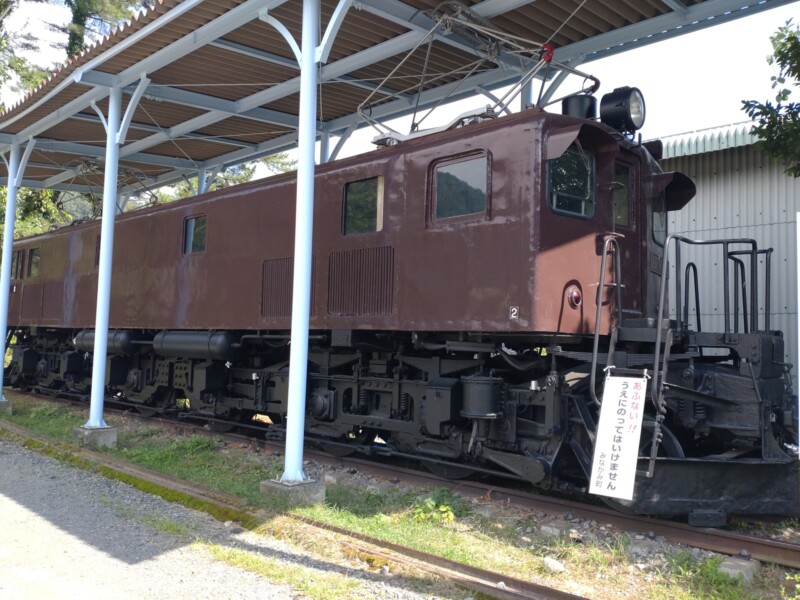
Also, in the days when trains were operated by steam locomotives, the four switchback stations required switchbacks even if trains did not stop at the station.
However, a track for passing trains that could run through the station , allowing passing trains to run smoothly.
the limited express ``Tsubasa'' using Kiha 80 series diesel cars , and in 1964, the limited express ``Yamabato'' (between Ueno Station and Yamagata Station) began operation.
Kiha 80 series diesel cars are vehicles that can run on their own using light oil as fuel, but these express trains also required the connection of an auxiliary locomotive when crossing Itaya Pass.
The Kiha 181 series, which is the successor to the Kiha 80 series, was once operated without an auxiliary locomotive, but the load on the engine at Itaya Pass was too great, so the auxiliary locomotive was reconnected. became.
I was once again reminded of how difficult Itaya Pass was.
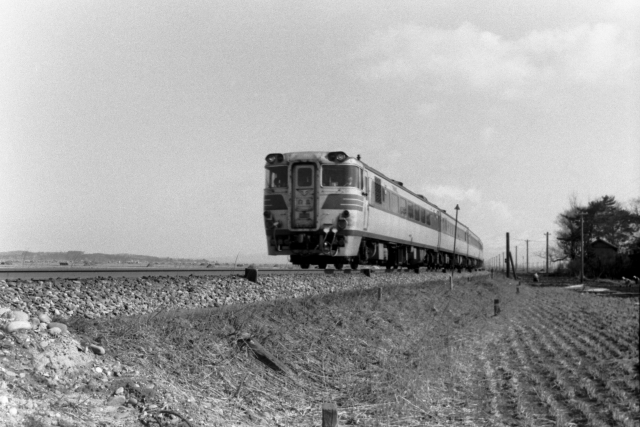
Approximately 20 years have passed since DC electrification, and lines around Itaya Pass (Tohoku Main Line, etc.) have been electrified to AC 50Hz/20,000V, so the electrification method for Itaya Pass was also changed to AC in 1968.
New ED78 and EF71 electric locomotives developed for AC electrified mountain routes have been introduced.
In addition to towing local trains, these locomotives were also involved in towing Akebono At Itaya Pass, traction was carried out by a combination of two ED78 and EF71 cars connected together.
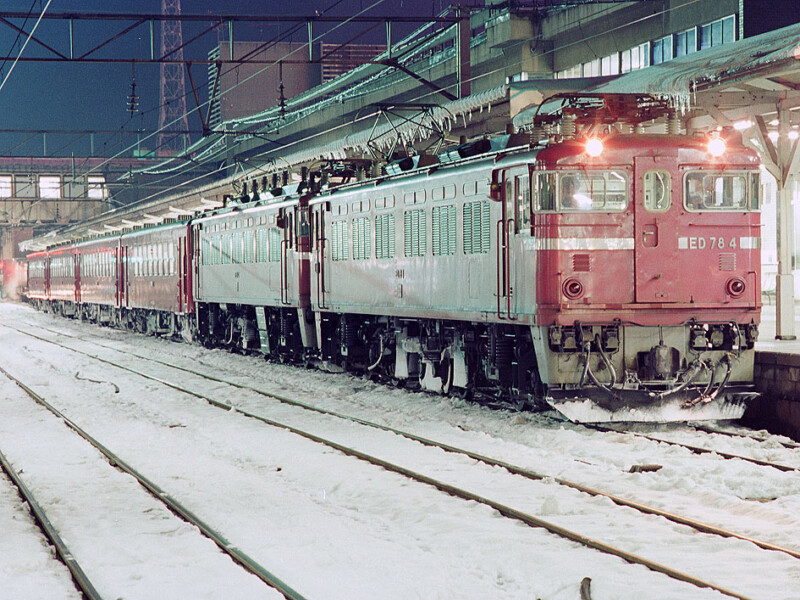
Author: spaceaero2 – Work by the poster himself, CC Attribution-ShareAlike 3.0,
by https://commons.wikimedia.org/w/index.php?curid=7451631
In 1975, the entire Ou Main Line was electrified.
Tsubasa that crossed Itaya Pass were changed to 485 series trains, which could be said to be the representative limited express trains of the Japanese National Railways era, and the connection of auxiliary locomotives was no longer necessary. .
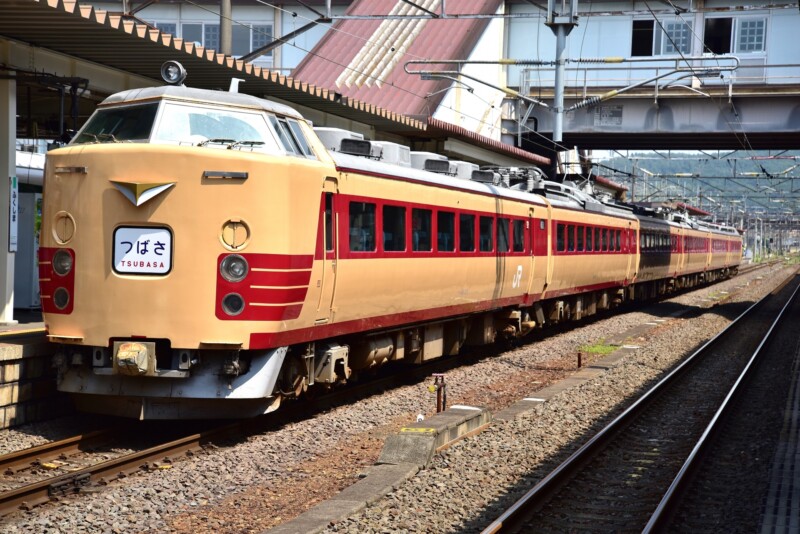
Opening of Yamagata Shinkansen
In the 1980s, consideration of a ` `mini Shinkansen '' began.
The idea is to have Shinkansen trains run directly on conventional lines.
Based on this concept, a direct train would run between the Ou Main Line and the Tohoku Shinkansen, which opened in 1982, via Fukushima Station.
This is the current Yamagata Shinkansen .
Please take a look at this article, which introduces the circumstances behind the opening of the Yamagata Shinkansen.
The opening of the Yamagata Shinkansen was a major change for Itaya Pass, similar to the opening of electrification in the 1940s.
The distance between the two rails will be widened from 1,067mm to 1,435mm, the same as the Tohoku Shinkansen, so vehicles that have previously crossed Itaya Pass will no longer be able to pass through it.
The limited express train the Shinkansen "Tsubasa", Tsubasa , which was operated by a 485 series train ), and an electric locomotive was used to pull passenger cars. The local trains were replaced by the 719 series trains.
The 400 series was later replaced by the E3 series, and from 2024, replacement with the latest model vehicle, the E8 series, will begin.

Author: spaceaero2 – Author's own work, CC Attribution-Share Alike 3.0,
by https://commons.wikimedia.org/w/index.php?curid=7808984
The four switchback stations at Itaya Pass were a symbol of the difficulty of Itaya Pass, but have been eliminated
at all stations The platforms of the four stations were moved from the side tracks to the main line, making them regular stations.
Furthermore, Akaiwa Station, the only one of the four stations located in Fukushima Prefecture, was abolished in 2021 due to depopulation in the area around the station.
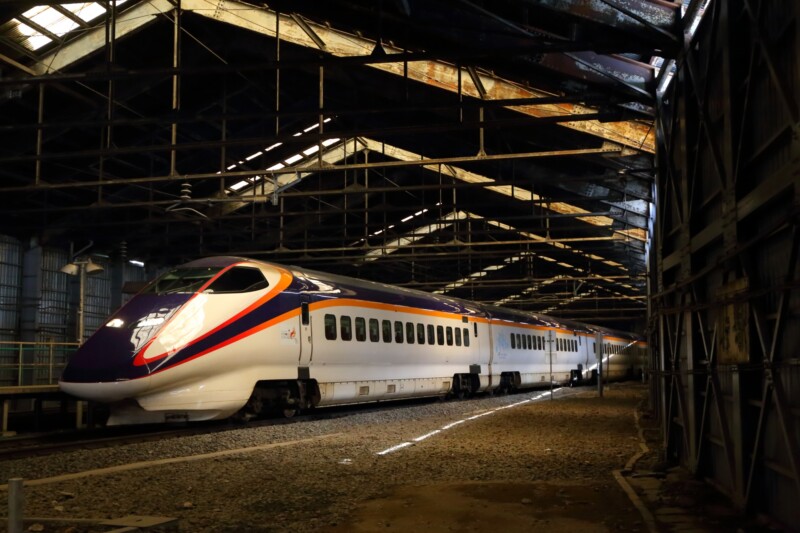
When I was a child, I remember being taken by my father, who is from Fukushima City, on the Itaya Pass local train with 50 series passenger cars before switchbacks were eliminated, and on the local train and Tsubasa after the opening of the Yamagata Shinkansen. there is.
I don't remember much about the ride before the switchbacks were resolved, as I was very young (and since my father has passed away, I have no way of confirming it), but the train was backing up to the station with the red passenger car at the front. I remember seeing the train coming in and changing direction inside the tunnel (?), so I'm pretty sure it was a local train at Itaya Pass.
These are fond memories that I can still remember in bits and pieces, but my father probably went riding because he wanted to ride before the switchbacks at Itaya Pass were cleared. I think.
Itaya Pass is still a difficult place
Since the Yamagata Shinkansen opened in 1992, the Tsubasa Shinkansen and local trains have easily traversed the steep slope of Itaya Pass.
However, although it is no longer a difficult place due to its steep slope, is
still a difficult place due to its continuous sharp curves and heavy snowfall In fact, 40% of train suspensions and delays on the Yamagata Shinkansen due to rain, snow, collisions with animals, etc. occur between Fukushima Station and Yonezawa Station, which includes Itaya Pass.
Therefore, although it is unclear whether this will be realized, consideration is being given to digging a long tunnel of approximately 23 km through Itaya Pass to resolve this difficult point.
The tunnel construction will take 15 years and cost 150 billion yen, but it will shorten the time it takes for Tsubasa to cross the mountain pass by more than 10 minutes and improve the stability of train operation, especially in winter. It is expected.
I think the key to making this a reality is whether the costs are considered to be commensurate with the benefits.
Chikaramochi of the mountain pass
At Toge Station, which used to be one of the switchback stations, there is now a stand-up sale that is rare nationwide.
What is on sale is ``Toge no Chikara Mochi''.
This daifuku mochi is made by Toge no Chaya, which has a store near Toge Station, and is made with strained red bean paste wrapped inside a pure white mochi.
The road near Touge Station is steep, so visiting by car is not impossible, but it is quite difficult.
Furthermore, the Yamagata Shinkansen "Tsubasa" does not stop at Touge Station, and only six local trains each day stop there, making it difficult to visit by train.
However, due to the sight of people selling it on the stand and the deliciousness of Chikaramochi from the pass, it has become a specialty of Itaya Pass both in the past and today.
Chaya on the mountain pass<Information>
- Name: Chaya on the mountain pass
- Address: 848 Osawa, Yonezawa City, Yamagata Prefecture
- Inquiry number 0238ー34ー2301
- URL http://www.togenochaya.com/
Google Map
summary
is one of Japan's three major railroad slopes, along with
Usui Pass Line (now abandoned), which was on the border between Gunma and Nagano prefectures Seno Hachikoshi It has been called an interval. This article explains how people have fought against these difficult points, and how they are still difficult today.
When riding Tsubasa over Itaya Pass, please take a look at the scenery flowing through the train window.
I think you can get a glimpse of the harshness of nature and the history of the Ou Main Line's struggle with nature.


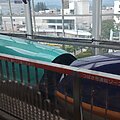


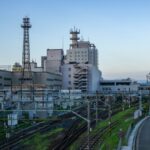
![From diesel express trains to bullet trains... The path of Tsubasa [Akita Prefecture and Yamagata Prefecture] 22566129_m](https://jp.neft.asia/wp-content/uploads/2024/06/22566129_m-150x150.jpg)

!["Mogami safflower" certified as a Japanese heritage and Japanese agricultural heritage [Yamagata Prefecture] Mogami safflower](https://jp.neft.asia/wp-content/uploads/2022/12/30121446_m-1-150x150.jpg)
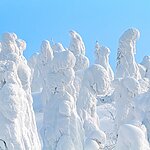
![[Tsuruoka City, Yamagata Prefecture] Tsuruoka's food culture has been passed down for hundreds of years 1470_Zenpoji Temple](https://jp.neft.asia/wp-content/uploads/2023/04/2d6b75e2500adfb8f7b8e6c68a2f7a03-150x150.jpg)
![[Yonezawa City, Yamagata Prefecture] Visit a hot spring connected to the Uesugi family of the Yonezawa Domain 1530_Onogawa Onsen Foot bath](https://jp.neft.asia/wp-content/uploads/2023/05/4ed5d5851f7d92ca3b0ebed3220d6418-150x150.jpg)
![[Yamagata Prefecture] Walking through Tokamachi and Nanokamachi in Yamagata City, where the scent of the Edo period remains Yamagata city from Kasumi Castle Central Observation Room](https://jp.neft.asia/wp-content/uploads/2023/09/26303875_m-150x150.jpg)

